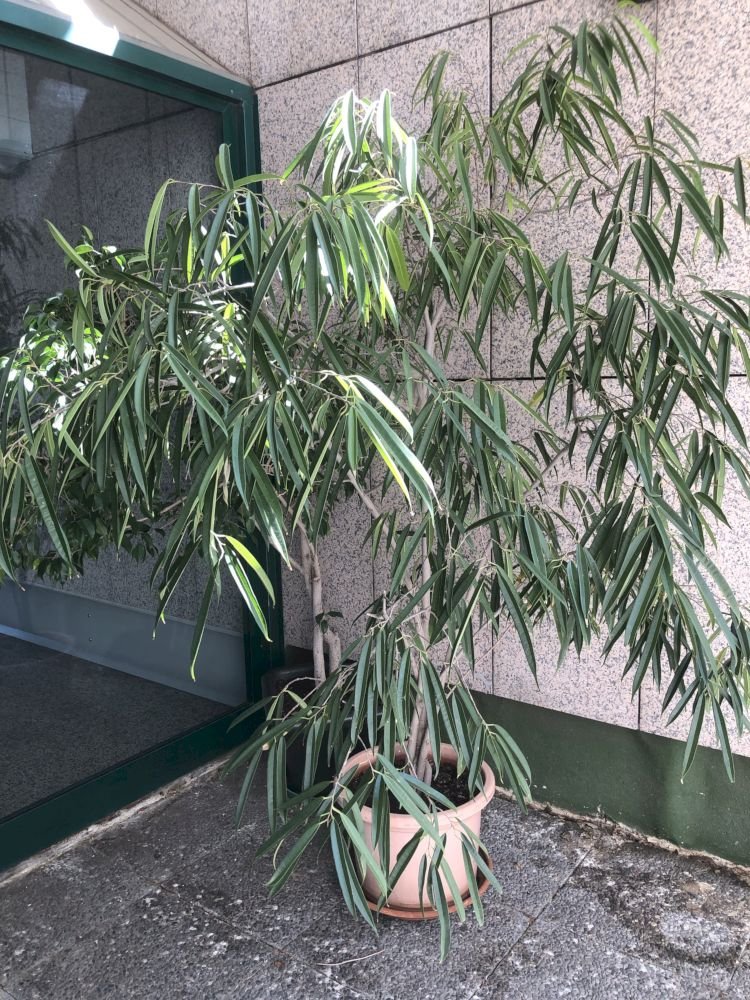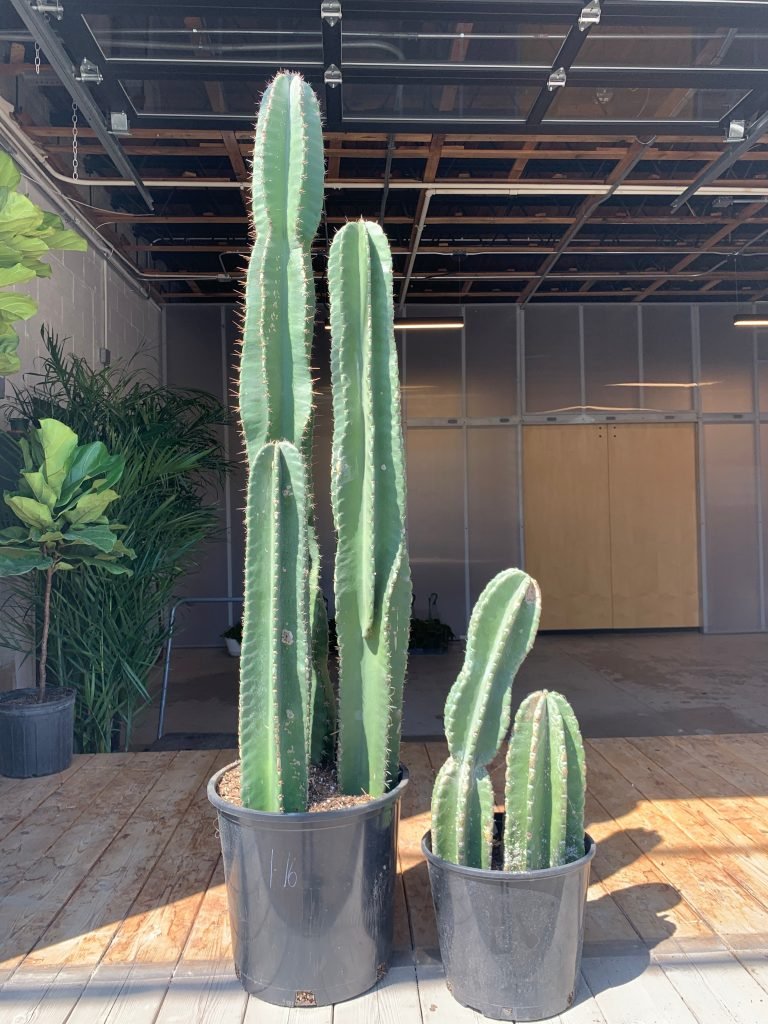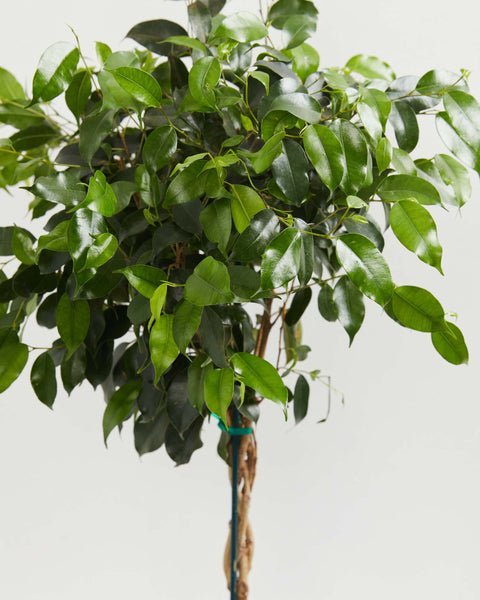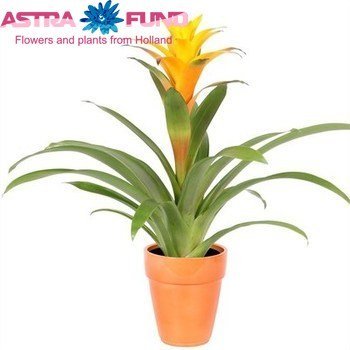Rubber plant (Ficus elastica ‘Tineke’) – All You Need To Know
About Rubber plant (Ficus elastica ‘Tineke’)
Ficus elastica ‘Tineke’ is a cultivar of the tropical plant Ficus elastica, also known as the “Rubber Tree,” that is native to Southeast Asia and is known for its large, glossy, green leaves and thick, rubbery stems. It is often grown as an ornamental plant in outdoor gardens or as a houseplant, and it requires bright indirect light and well-draining soil to thrive.
General Information
Family: Moraceae
Category: Ficus
Origin: Cultivar
Native Climate: Tropical
Hardiness Zone: 11-10
Best as: Table top & Tertiary plant.
Where to grow Rubber plant?
Rubber plant is a common household plant that can be grown in various environments. They are Tropical plants that thrive in the hardiness zone of 11-10 with a minimum temperature of 10 and maximum temperature of 30.
Below is a typical map of the US hardiness zone where you can check your location and see if Rubber plant can survive in your locale.
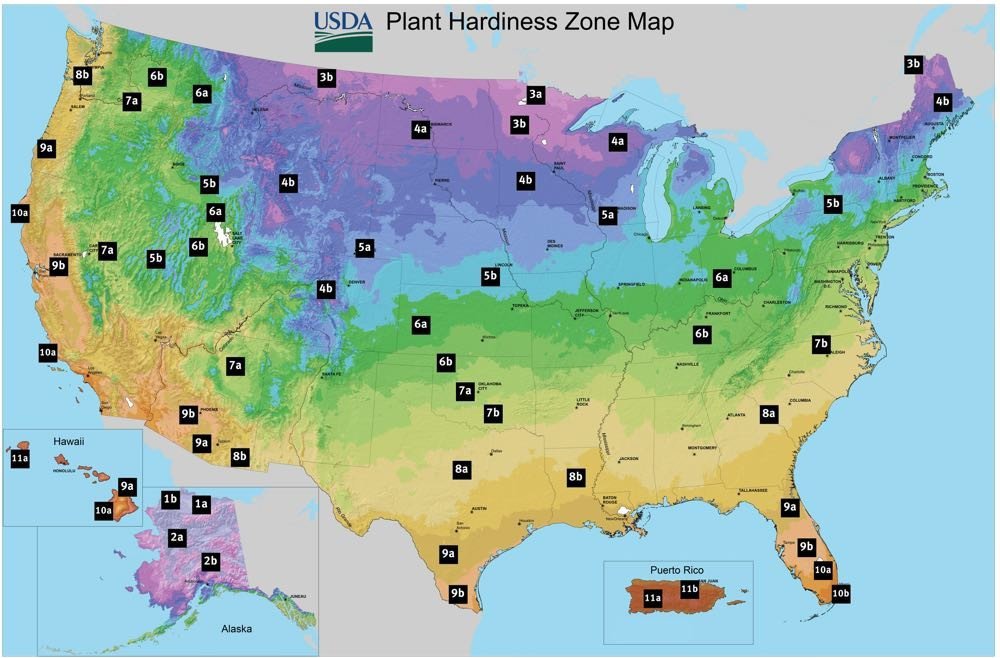
Rubber plant is native to the Tropical climate of Cultivar so it will survive best in a similar climate. However, being from a resilient Moraceae family, it can also be found in most unusual places.
Sunlight Requirements of Rubber plant
The idea lighting conditions for Rubber plant is Full sun greater than 21,500 lux or 2000 foot-candle. However, it can also survive and grow in Strong light ( 21,500 to 3,200 lux/2000 to 300 fc).
Watering Requirements for Rubber plant
Tropical plants have a watering requirement that falls somewhere between “keep moist between watering” and “can dry between watering.” In general, it’s important to keep the soil consistently moist for these plants, but not waterlogged. This means allowing the soil to dry out slightly between watering, but not completely.
To water your tropical plants, check the moisture level of the soil regularly using your finger or a moisture meter. If the soil feels dry at a depth of about an inch, it’s time to water the plant. Water the plant thoroughly, ensuring that the entire root zone is moistened, but be careful not to overwater. Allow the excess water to drain away, and do not allow the plant to sit in standing water.
It’s also important to consider the humidity levels in the environment where the plant is located, as well as the type of soil the plant is growing in. Tropical plants prefer a more humid environment and may need to be watered more frequently to keep the soil moist.
Overall, the key to watering tropical plants is to strike a balance between keeping the soil moist but not waterlogged. By checking the moisture level of the soil regularly and watering the plant when it begins to feel dry, you can help ensure that your tropical plant stays healthy and happy.
Is Rubber plant prone to insects?
Rubber plant is prone to attacks from Mealy bug & Scale. To protect your plants from insect attacks, it is important to follow a few general prevention guidelines. First, make sure to keep your plants healthy by providing them with proper sunlight, water, and nutrients. This can help make them more resistant to insect attacks. Second, inspect your plants regularly for signs of insects or other problems. Early detection can make it easier to manage an infestation. Third, consider using physical barriers, such as netting or row covers, to prevent insects from reaching the plants. If a plant becomes heavily infested, it may be necessary to remove it to prevent the infestation from spreading to other plants. Fourth, consider using natural predators, such as ladybugs and lacewings, to help control insect populations. If necessary, you can also use organic pesticides to control insect populations. Finally, practice good hygiene by keeping your garden clean and free of debris, as this can help prevent insect infestations. Remember that different insects have different habits and preferences, so it is a good idea to research the specific prevention techniques for the specific types of insects that you are trying to control.
Common diseases: N/A
Common posture & style
Rubber plant has a Arborescent posture. They are tree-like in their bearing and typically have a single main stem with branches and leaves extending from it.
It has beautiful Light green & Cream leaves. Its main appeal is its Foliage. It can grow up to the height of 6.35 meters with a truck width of 3.05 meters. It has a Regular growth speed under good conditions, watering, and sunlight.
Blooming Season: non flowering
Bloom Color: non flowering
Pruning: If needed
Why should you keep Rubber plant in your home?
Keeping a Rubber plant plant in your home can bring many benefits. For one, plants can improve the air quality in your home by removing toxins and releasing oxygen.
In addition, having plants in your home can help increase humidity, which can be particularly beneficial during dry winters.
Additionally, caring for your Rubber plant plant can be a relaxing and therapeutic activity, and Rubber plant in your home can add a touch of nature and beauty to your living space.
Overall, there are many reasons why everyone should consider keeping a Rubber plant plant in their home if the climate is enabling for its growth.



